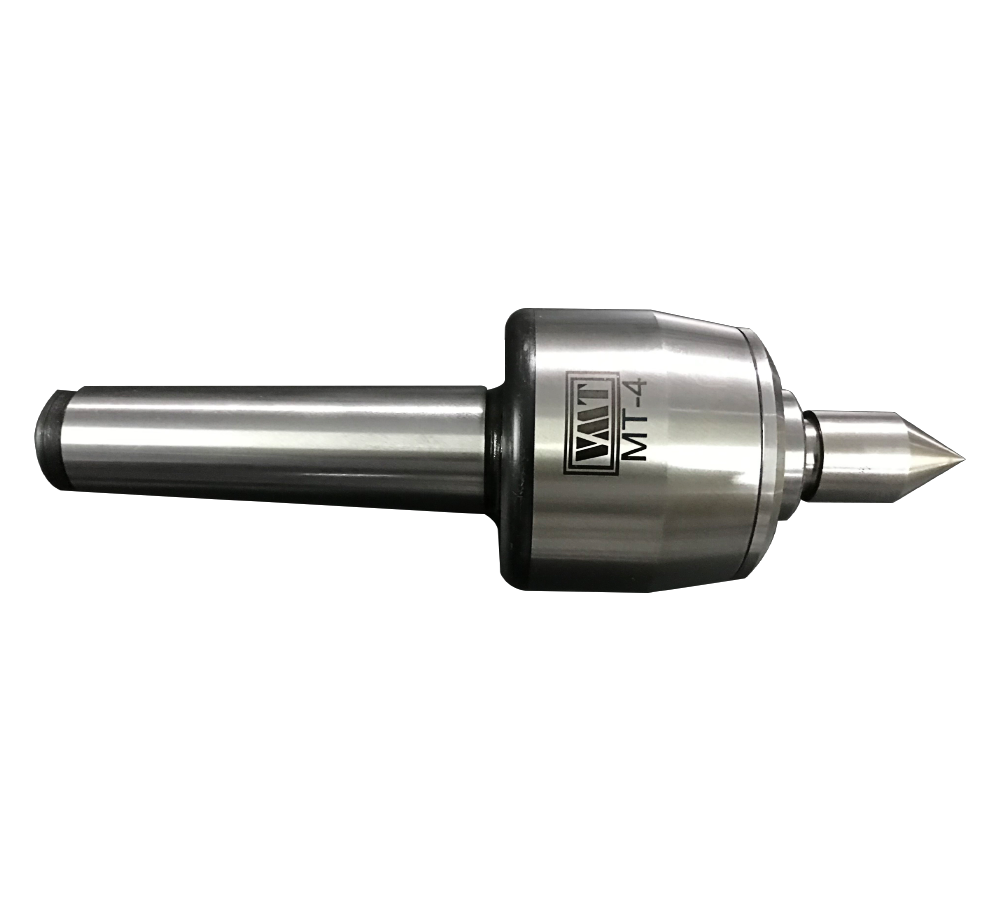We’re glad you found our blog about precision engineering. We will talk about useful tips for using rotating centers in this post. They will help you get the most accurate and quick results. You could be a seasoned pro or just starting out. These tips from experts will help you get better at machining. Let’s get started. We will find out how to use revolving centers in a way that is both accurate and efficient.
The Job of a revolving center
Lathes are often used for cutting, but they are not all the same because of how they align the workpiece with the wheel of the lathe and limit the amount of movement in the workpiece. Additionally, these revolving centres help with good axis rotation, which levels the part and makes it possible for precise and exact operations like cutting, turning, and grinding. This way, measurements don’t get off track. So, they stand for eliciting the workpiece and deflecting cutting forces away from some parts of it. This makes the quality and size of the marks on the workpiece better.
Advantages of the Adoption of Revolving Centers
The rotary centers are an essential part of the metalworking facilities due to the upgraded level of support for workpieces, which ensures enhanced quality and vibration. Here are some of its benefits.
1. Increased accuracy
Revolving centres ensure concentricity between the workpiece and the spindle lathe. This results in the minimization of errors and the improvement of part accuracy. Besides, these fixtures act as a mechanism for balanced cutting, which results in uniformity in sizes and therefore makes the parts of higher quality and providing their improved support.
2. It increases efficiency
Revolving centers are a mechanism that makes rotating work pieces come together without any hiccup, eliminating setup time and optimizing the machining process. They do not require either manual movement or adjustment that would otherwise slow the flow, thereby enhancing productivity. Not only that, but with their ability to sustain rotational continuity for workpieces, revolving centers can support smooth material handling without work interruption.
Choosing the Right Revolving Center
The center of a lathe revolving has varied materials like wood, bronze, and plastic to be considered so that the job is done correctly and the workpiece is well supported. Analyzing the weight and size of the workpiece has to do with the choice of a of an additional exact revolving center. Also, being insured against damage or embedded with carbide tips, must be checked so that machining precision can be ensured. Additionally, speed and accuracy criteria for the special case study to select a suitable revolving center that will enable effectiveness and accurate results.
Conclusion
Understanding the principles and kinds of rotary machines is essential for high quality, improved productivity, and precision in manufacturing processes. Accuracy and productivity increase, which are necessary features for the manufacturing and machining sectors. These rotating centers, without any doubts, take pride of place in the repertoire of precision machining and are, without any doubts, their privileged tool for obtaining the best outcome.
